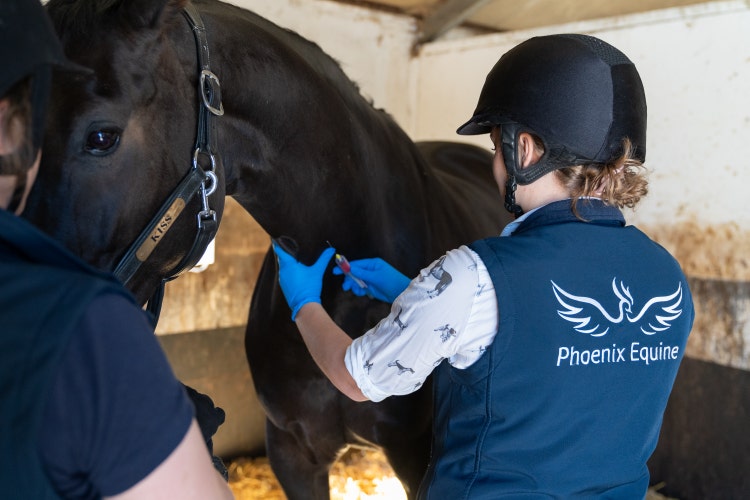
CVS Equine is rolling out a five-point plan across its 22 sites to improve antimicrobial stewardship (AMS) within clinical practice.
From 2025, the division plans to; develop client-facing education and resources on antimicrobial resistance and stewardship; support veterinary colleague education, training and mentorship for AMS; review and develop clinical AMS guidelines; conduct cellulitis research to address evidence gaps; and reduce the use antibiotics in pastern dermatitis cases.
Recent audits of antimicrobial use across the division’s veterinary referral hospitals have established that antimicrobials were prescribed in 29.7% of hospitalised horses - for complicated wounds, gastrointestinal/abdominal disease, surgical prophylaxis and simple wounds[i]. Whilst additional research has established that the commonest reasons for critically important antibiotic (CIA) use in its practices were respiratory and gastrointestinal diseases, complicated wounds involving critical tissues, and foal infections[ii].
Cellulitis was found to be the most frequent condition for which antimicrobials were prescribed in CVS Equine ambulatory practices. Whilst another clinical study across 12 CVS sites identified a high level of antimicrobial resistance in horses with equine pastern dermatitis.
To review antimicrobial use within its practices, and assess cellulitis and pastern dermatitis cases, CVS Equine held an Antimicrobial Stewardship Workshop - to identify areas of focus, key priorities and to commit to achievable actions. It was attended by colleagues from a broad range of representation from across the division.
During workshop sessions it was acknowledged that clients can be sometimes drivers for antibiotic prescribing and may not understand why vets are reticent to prescribe. Therefore, a focus on client-facing education on antimicrobial resistance and stewardship was agreed. As a result, the division is currently developing division-wide resources to share with clients.
In workshop discussions, delegates highlighted that keeping on top of the latest evidence and recommendations can occasionally be a challenge in practice. It was felt that guidelines on AMS would be useful to support in prescribing decisions. As a result, the group is now developing and revising AMS clinical guidelines.
It was also agreed that a variation in confidence may exist when prescribing. Consequently, the team decided that veterinary colleague education, training and mentorship for AMS was a key focus. To facilitate this, AMS discussions will now be held with all new graduates, Quality Improvement Leads at each practice will share the latest information and supporting education. Further training will be undertaken and QI Leads are supported to achieve RCVS Knowledge Antibiotic Guardian status by completing a series of online courses.
Focusing in on Cellulitis, the workshop group identified the most notable barrier to making improvements in antibiotic prescribing was the lack of evidence for both diagnosis and treatment options. As a result, the group is currently reviewing evidence gaps and will look to address key gaps through a divisional research project.
To address the high level of antimicrobial resistance in horses with equine pastern dermatitis, delegates also discussed the latest evidence on treatment options. As a result of the growing evidence that many horses respond positively to topical treatments without antibiotics, the division is currently developing a quality improvement project to reduce the use antibiotics in pastern dermatitis cases.
Charlotte Sinclair, Equine Development Lead at CVS said: